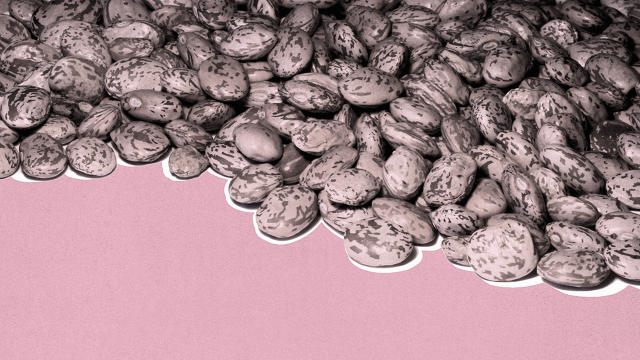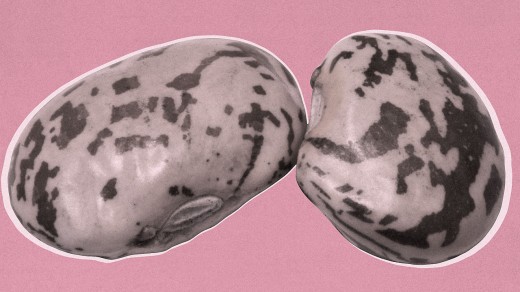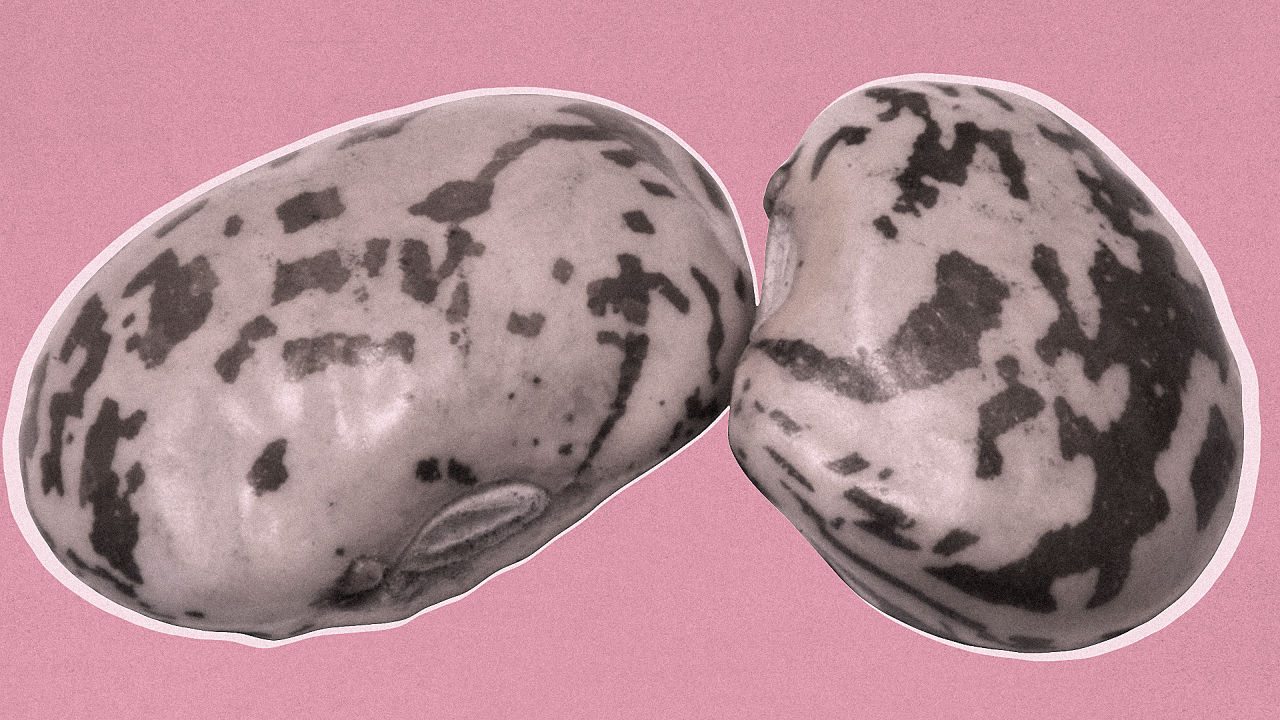No GMOs wanted: Scientists Breed 30 Superbeans that can handle a hotter World
The magical fruit will get an upgrade.
March 24, 2015
Black beans. Kidney beans. Pinto beans. inexperienced beans. across cultures, beans are any such staple of our diets that we principally take them as a right. within the growing world, they are a main supply of protein and food security for more than 400 million folks. yet despite the seeming diversity of the plant, we’re simplest starting to faucet the vast genetic variety of more than 25,000 bean sorts.
That’s a just right thing, as a result of climate exchange is coming to break the old fashioned beans we all know and love. contemporary projections were unexpectedly dire, sending scientists on an urgent quest to strengthen better varieties of the crop. as an instance, in jap and principal Africa, the realm suited for bean cultivation may reduce 50% by way of 2050. for the reason that crop evolved in hilly, cool areas in Latin American, it is specifically poorly tailored to larger temperatures. “heat stress,” as researchers name it, might also lead to severe problems in areas of Nicaragua, Haiti, Brazil, Honduras, Guatemala, and Mexico.

At a convention in Ethiopia this week, a staff of researchers will announce development in saving this essential crop: 30 new “heat beater” bean lines which might be built to resist the pressures of a warmer world. checking out reveals that these new beans can handle a worst-case-scenario temperature upward thrust, where the world would heat a standard of four degrees Celsius, and will even help increase the areas of the sector where beans may also be grown to countries like Nicaragua and Malawi.
“We’re lovely thinking about no longer most effective protecting the bean house that we’ve, however going from security to offense,” says Stephen Beebe, a senior researcher with CGIAR, a global food safety and agricultural construction analysis organization of about 10,000 scientists and workforce at facilities world wide. “The climatologists are saying that, if we now have what we predict we have now, shall we make bigger into some lower elevations the place there’s no cultivation as of late.”
The work, which tapped CGIAR’s massive collection of seeds of some of humanity’s most important crops, displays how GMOs aren’t essentially wanted to create global-warming-adapted agriculture. improvements in DNA sequencing have made it more uncomplicated, sooner, and cheaper for scientists to screen via these “genebanks” and in finding seed varieties with fascinating traits for the future, like resistance to warmth, illness, or drought. the brand new beans, which have been created after screening 1,000 present traces, are a go between the popular bean, a species that features navy, black, pinto, kidney, and different beans, and the tepary bean, a dense, meaty bean from Mexico that’s adapted to desertlike prerequisites. Some have also been bred with higher iron content to sort out malnutrition in the developing world.
sooner than they get to your dinner plate, the beans would want to go through box trials in a number of environments, after which be registered with governments around the globe. They’d additionally probably endure a number of more style checks. Even Beebe, a breeder with CGIAR’s bean development undertaking for the reason that 1998, says he has no longer eaten them yet.
though only some years in the past he was once involved for the way forward for the bean, Beebe is now hopeful the crop—and lots of other crops, too—will also be saved from the catastrophe of a warming climate (although he says excellent government insurance policies are additionally required). “These genebanks have a lot of variety that has no longer but been explored,” he says. “Biology is remarkably resilient.”
fast company , learn Full Story
(138)














